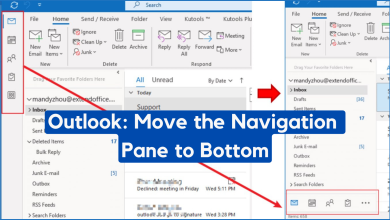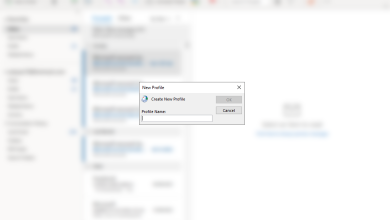How to Fix Outlook’s ‘Operation Failed’ Attachment Error?
Outlook’s ‘Operation Failed’ Attachment error occurs because of older versions of the Outlook being used, Outlook being run in Compatibility Mode, and problems with other internal Outlook components like PST files. Basically, this error does not let the user to attach files to emails in Outlook and instead, displays the ‘operation failed’ message.
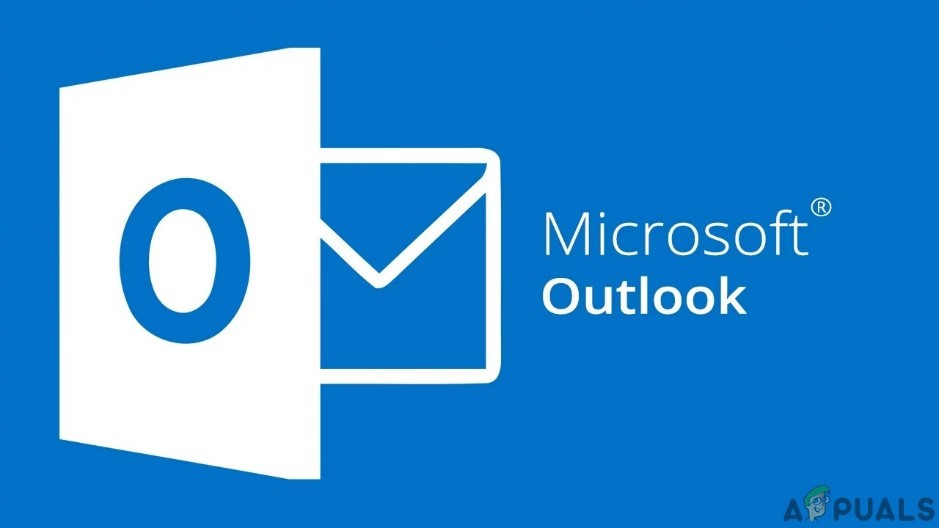
This is a very common error message and can occur due to several different factors ranging from compatibility modes to internal software problems. If there isn’t a restriction from your system administrator (if you are from an organization), it can be fixed fairly quickly.
Why does Outlook returns operation failed attachment error?
There are numerous reasons for this issue to occur, we’ve gathered almost all of them as listed below.
- Older Version of Outlook: To keep the pace up with the emerging technologies, Microsoft releases an updated build of Outlook now and then. If you are using an older version of Outlook, then you are inclined to many issues.
- Outlook being run in Compatibility mode: In compatibility mode, certain required components of Outlook will not be able to perform their legitimate operation and thus will cause the current error.
- Corrupted/missing .pst file: Outlook needs access to the PST file to perform tasks and if due to any reason it cannot access the PST file or if the PST file has corrupted, then it will display the problem you are facing presently.
- Conflicting applications: Conflicting applications on your system can cause many Outlook problems like the current one. These applications may include Anti-virus/Firewall etc.
- Conflicting Outlook Add-ins: Add-ins add greater functionality in Outlook but conflicting Add-ins are another story and cause problems like the one under discussion.
- Corrupted Office/Outlook installation: If Office/Outlook installation itself is incomplete, then Outlook will be unable to attach attachments successfully.
- Drafts folder permission issue: The drafts folder saves messages that have to be sent later on, and due to a software glitch, many users experienced the current error message
- Conflicting/duplicate rules: Rules are automated actions performed on the basis of certain criteria. If they are not set properly or they restrict attachments, you will experience the attachment error message.
How to Resolve the Operation Failed Attachment Error on Outlook?
Before moving with troubleshooting make sure you have administrator access to the system. Also, if you are on a corporate network, then inform your organization’s I.T. administrator first.
1. Update Outlook
Microsoft frequently releases updates for Outlook to improve its performance, add new features to it and to fix bugs in it. If the current error is a result of a bug that Microsoft has already patched in its latest updates, then updating the Outlook to the latest version may solve the problem.
- Click on the File menu.
- Click on the Office account option.
- Press on the Update Options button.
- Click on the Update Now for updating the software.
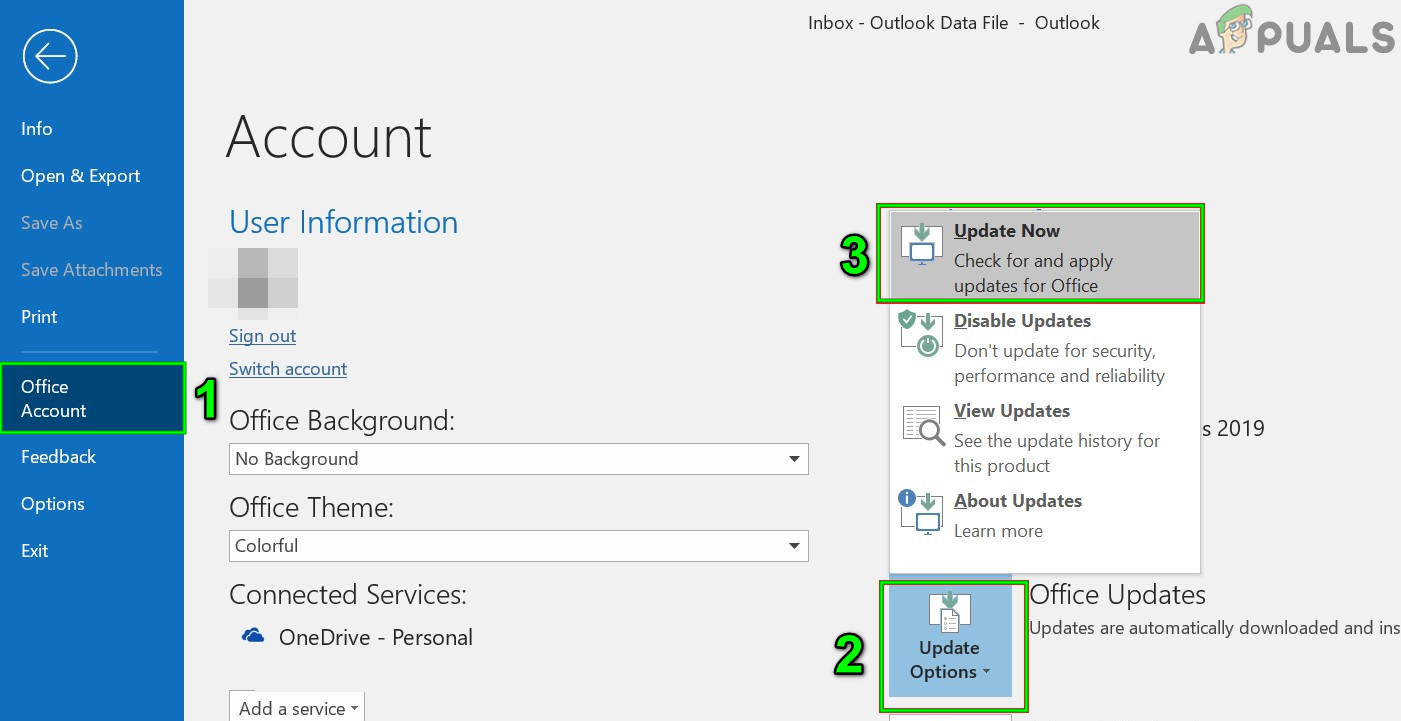
Update Outlook - After updating, restart Outlook and check if Outlook is functioning normally.
2. Run Outlook in Normal Mode (Non-Compatibility Mode)
Compatibility mode is used to run applications that are not compatible to run in the current OS. If Outlook is being used in compatibility mode, then you can suffer from the ‘operation failed’ error when adding attachments. Running Outlook in normal mode (non- compatibility mode) may solve the problem.
- Right-click an Outlook icon on the desktop and then select Properties.
- Select the Compatibility
- Uncheck the Run this program in compatibility mode setting (if selected).
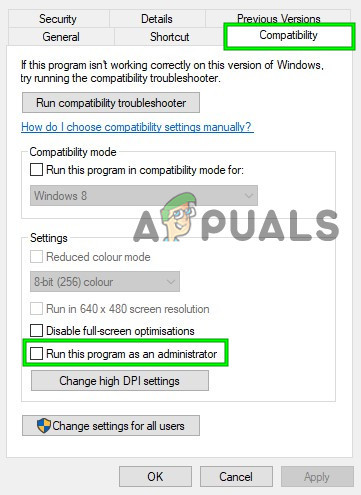
Change Compatibility Settings - Click Apply and then OK.
- Open Outlook and check if Outlook is clear of operation failed attachment error.
3. Open Outlook in Safe Mode
Microsoft and leading IT companies have built add-ins that help you get things done right from your inbox. These Add-ins help you automate tasks when you view or create messages. But sometimes these Add-ins start to conflict with the regular operation of Outlook. Adobe’s Send & Track Add-in is known to have issues with the Outlook in the past. Outlook has a built-in Safe Mode, in which Outlook runs without these add-ins. Hence running Outlook in Safe Mode may solve the problem.
- Exit Outlook.
- Press Windows+R buttons to open Run command.
- Type Outlook.exe /safe, and click OK. (There is a space after Outlook and the /)
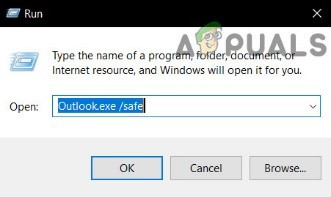
Run Outlook in Safe Mode
If Windows can’t find Outlook.exe /safe, then try using the full path to Outlook (detailed path is explained in Solution 7).
Now check if Outlook is operating fine. If it is working fine. then disable Outlook Add-ins one by one by using the following steps
- Open Outlook in normal mode and then click on File then on Options.
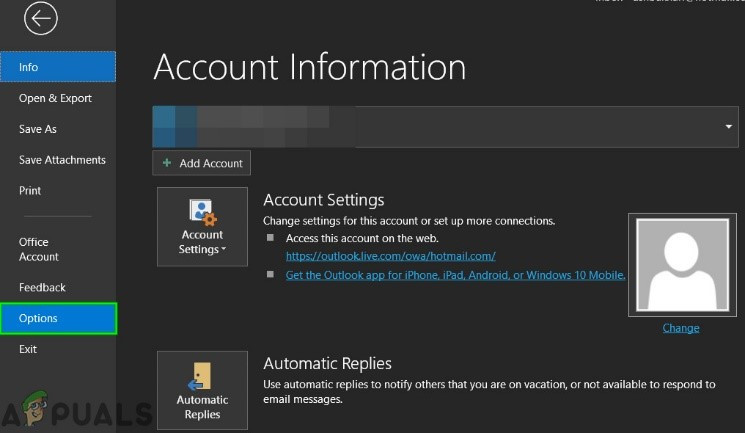
Open Options of Outlook - Now click on Add-Ins

Click Add-ins in Outlook Options - Near the bottom of the Window locate “Manage” dropdown list and select which type of add-ins you would like to enable/disable e.g. COM Add-ins and then click on “Go”

Manage Outlook Add-ins - Now uncheck the Add-in and restart the Outlook and check if outlook has started to work normally.
Remember that Enabling and Disabling Microsoft Exchange Add-in and restarting Outlook may solve the problem.
4. Change Text Format in Email Message
A lot of users have reported that they experienced the error message when creating a message with HTML such as pictures or a signature with a logo and save it to Drafts. This implies that there is some issue with Draft’s “permissions” on the HTML part of an email. In that case, changing Format from HTML to Rich Text and then reverting to HTML may solve the problem.
- Open the Outlook and open the problematic message.
- In the message window, open the Format Text tab on the ribbon
- In the Format group, change from HTML to Rich Text.

HTML to Rich Text - Now save and close the message.
- Open the message again, then click on the Format Text Tab
- In the Format area, change from Rich Text to HTML, and then save the message.
- Reopen and then send the message to check if the Outlook has started to function without a problem.
5. Change Outlook Connection Mode
Outlook has two modes to connect with an Exchange Server; one is Online Mode and the other one is Cached Mode. In the cached mode, Outlook keeps of keeping a local copy of the user’s Exchange mailbox stored on the hard drive in the form of an OST file. So, if Outlook has a problem in connecting to the Exchange account, then it can force Outlook into Outlook’s operation failed attachment error. In that case, changing connection mode with the exchange may solve the problem.
- Open Outlook and click on File menu
- Now Click on the Account Settings drop-down menu and again click on Account Settings.
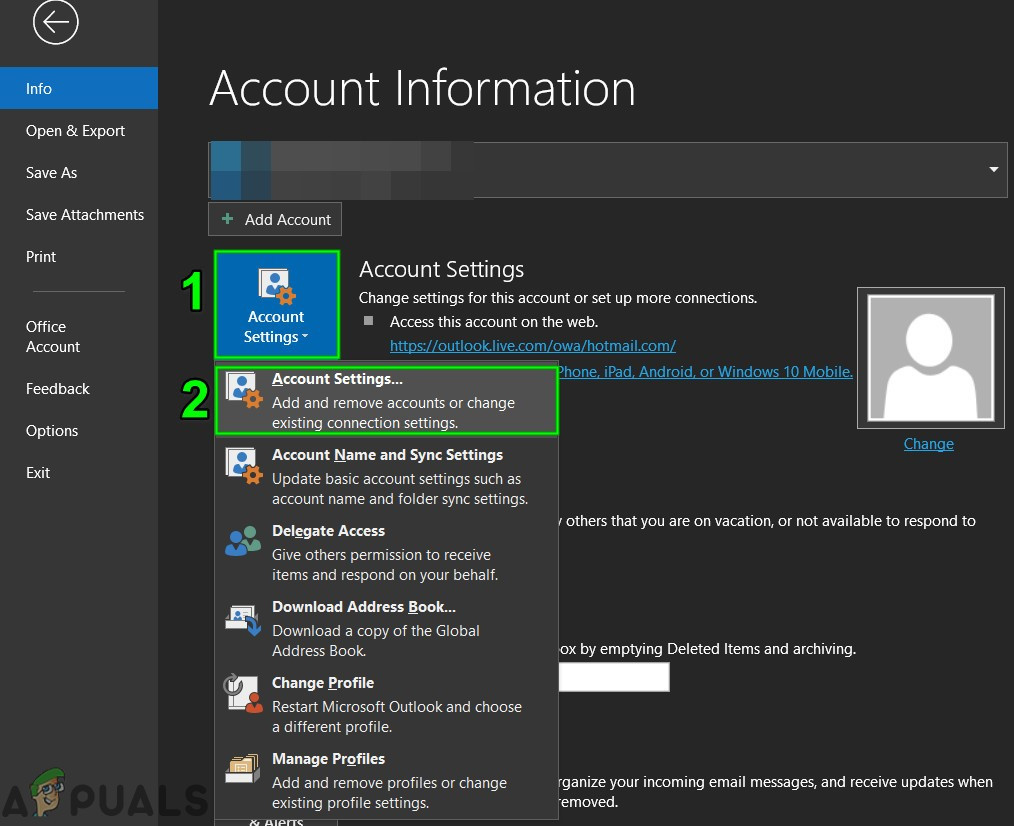
Open Account Settings in Outlook - Now in the Email Tab, select your account and then click on Change.

Click Change in Outlook Account Settings - Now in Exchange Account settings, click on More Settings.
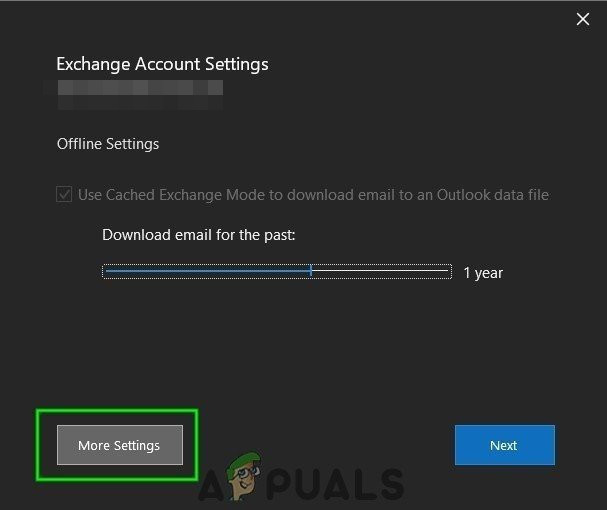
Open More Settings of Outlook - Now click on Tab Advanced and then Check if “Use Cached Exchange Mode” is enabled, then disable it and if disabled then enable it.
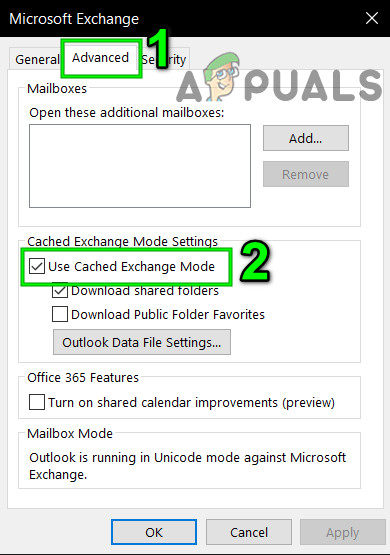
Use Cached Mode in Advanced Tab - Now restart Outlook and check if Outlook has started to function properly.
6. Disable Auto Save Feature
In many user cases, when a message is saved to drafts and afterwards when the message is opened and tried to send/receive or attach a file, the user got the Outlook’s operation failed attachment error. In that case, disabling the Auto-save feature will restrict the message going into the draft folder and thus may solve the problem. This connects to the Drafts solution which we did earlier on.
- Open Outlook and click on File
- Now click on Options and then click on Mail.
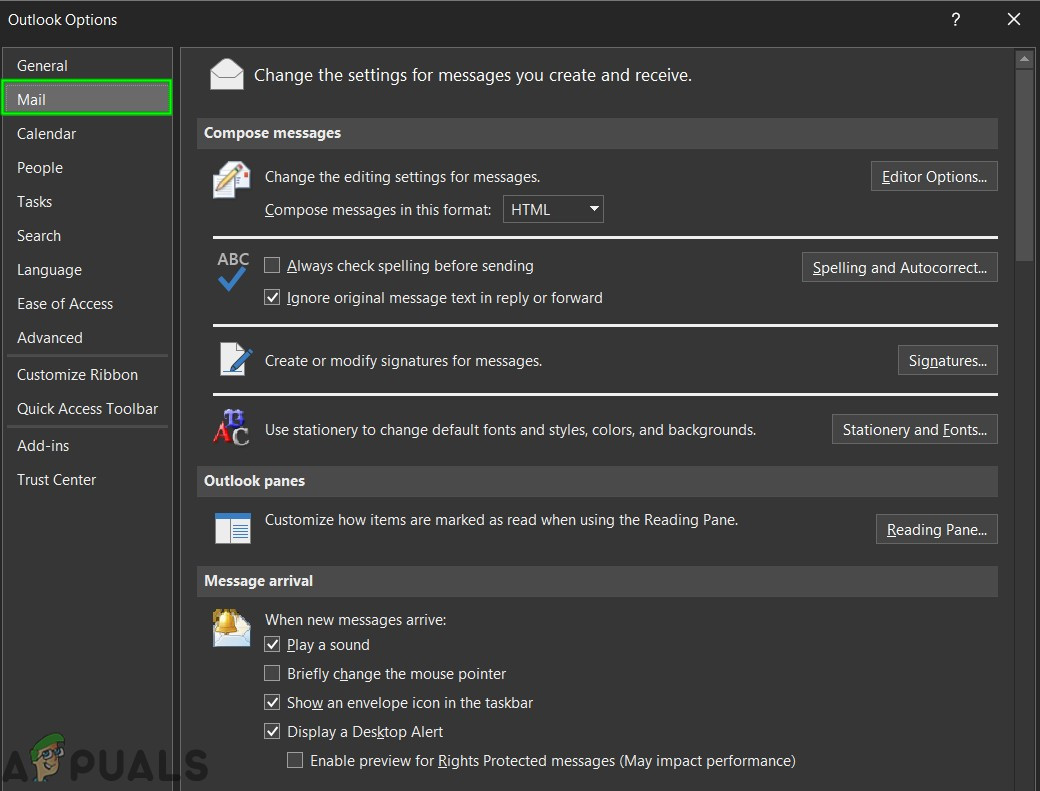
Open Mail in Outlook Options - Now scroll down, and under save section uncheck Automatically Save Items that have not been sent after this many minutes.

Uncheck AutoSave in Mail Options in Outlook - Now restart Outlook and check if Outlook has started to operate normally.
7. Repair Outlook’s Data File
When you Send/Receive in Outlook, the application uses the user’s folders for the email message and attachments. Outlook uses the “.pst” file for this purpose, which can be stored locally on the computer or a server if you are using a corporate network. If Outlook cannot find the .pst file or if the .pst file is corrupt, then it can force Outlook to display the error message. Luckily, Microsoft has included a utility “SCANPST.EXE” which can fix .pst file and thus may solve the problem.
- Exit Outlook.
- Press the Windows button and type Outlook and in the resulting list Right-click on Outlook and then select “Open File Location”.
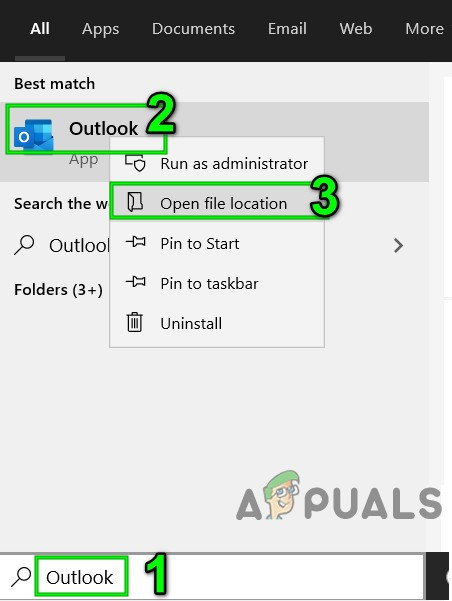
Open Outlook File Location from Start Menu - You will be taken into the following folder which holds shortcuts of programs.
C:\ProgramData\Microsoft\Windows\Start Menu\Programs
In this folder, Right-click on the Outlook icon and click on “Open File Location”.
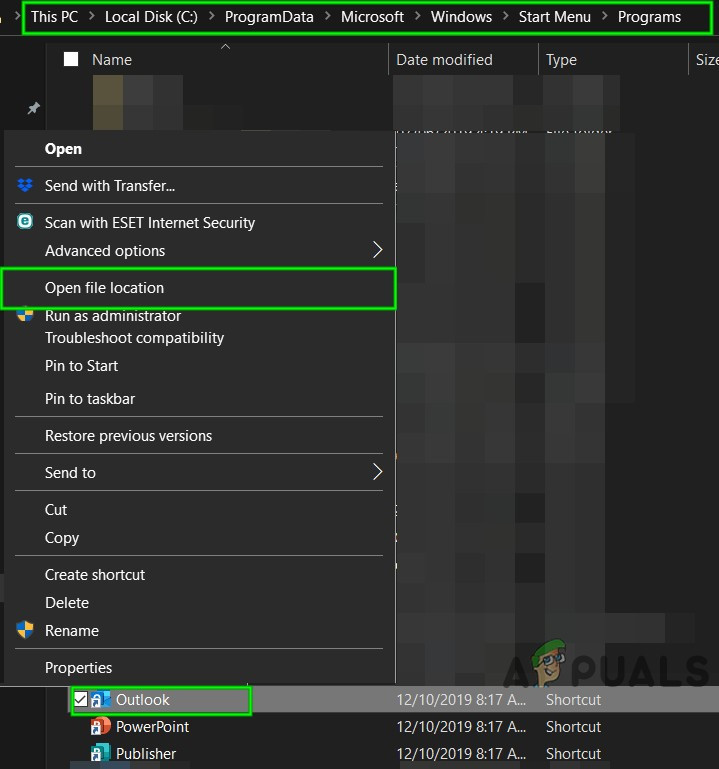
Open File location of Outlook - You will be taken into the following folder
C:\Program Files (x86)\Microsoft Office\root\Office16
- Now in Office 16 folder, find SCANPST.EXE file and Right-click it and then click on “Run as Administrator”.
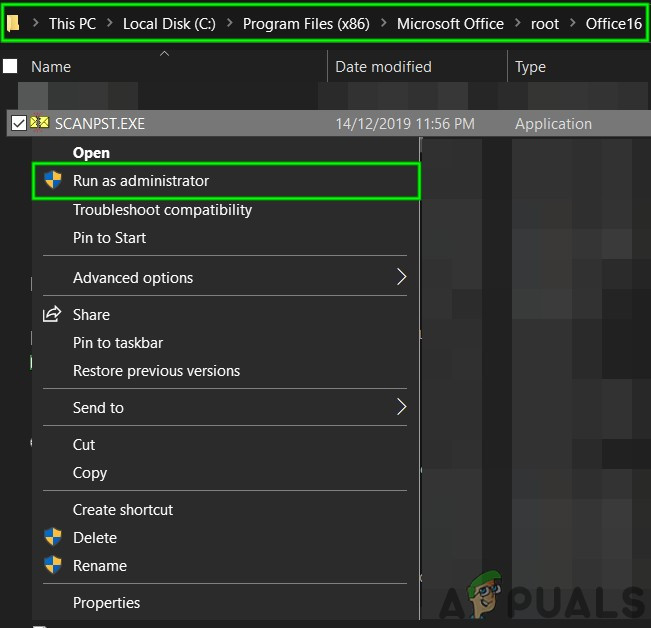
Run ScanPST as Administrator - Press the Browse button in Microsoft Outlook Inbox Repair.
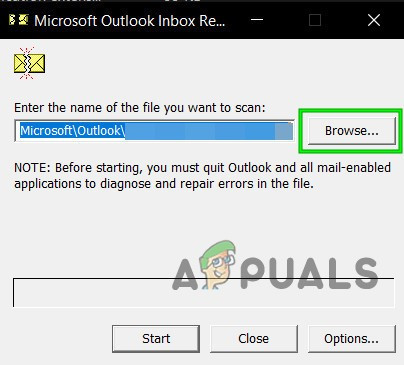
Microsoft Outlook Inbox Repair - Then select the default PST file. (Location of the PST file is explained after these steps).
- Click Start to initiate scanning.
- If prompted, then click on Repair to fix the issues with the file.
- Restart Outlook and check if Outlook has started to operate without any issue.
The location of the .pst file is depended on the version of Outlook, version of Windows, and how your account is set up. Following are locations of your .pst file as per their OS:
- Windows 10
drive:\Users\<username>\AppData\Local\Microsoft\Outlook
drive:\Users\<username>\Roaming\Local\Microsoft\Outlook
- Older Windows Version
drive:\Documents and Settings\<username>\Local Settings\Application Data\Microsoft\Outlook
8. Clean Boot Windows or Use Windows Safe Mode
Outlook’s “operation failed” error occurs when adding attachments can be due to conflicting applications like antivirus applications etc. To check that you can either clean boot Windows or use Windows Safe Mode, which can solve the problem.
- Clean Boot Windows or Boot Windows in Safe Mode with Networking.
- Open Outlook and check it Outlook has started to function properly, and if so, then try to identify the problematic application and sort out the issue between the applications.
9. Set Up a New User Profile
Outlook needs to access your folder and address book information stored in your .pst file. This is either stored online or locally. If Outlook cannot access this file or if the user profile is corrupt, then it will throw the ‘Operation Failed’ attachment error. In that case, creating a new user profile in Outlook may solve the problem as Outlook automatically adds a .pst file to new user profiles (except when using Microsoft Exchange Server).
- Press Windows key and type Control Panel and in the resulting list, click on ‘Control Panel’.

Open Control Panel in Windows Search - In Control Panel, Click on Mail.

Open Mail in Control Panel - Now click on the Show Profiles button.
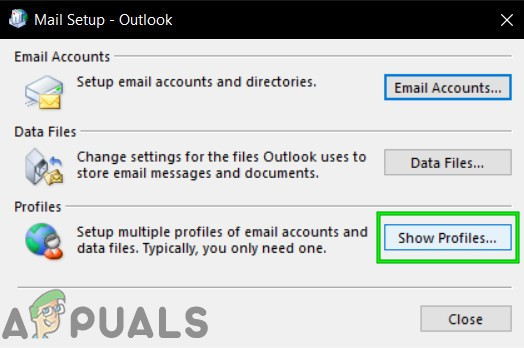
Click Show Profiles - Click the Add
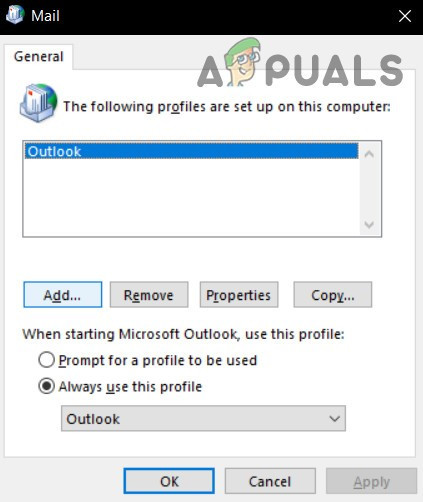
Click Add in Mail Setup - Enter a profile title in the text box, and click the OK
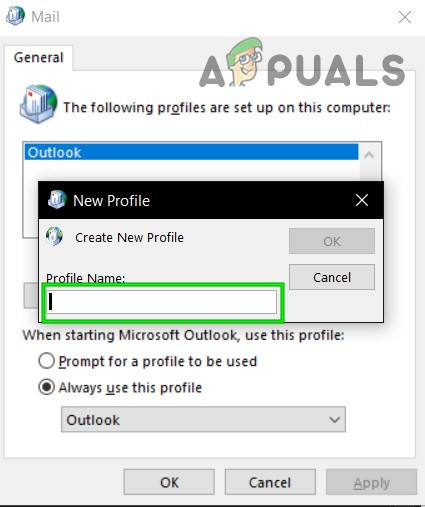
Enter Name of Profile - Enter the required email account details in the Add Account
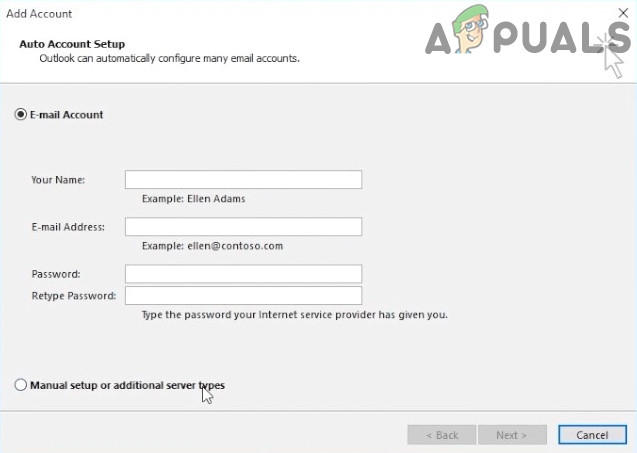
Account Setup of Mail - Click Next to go through the rest of the account setup wizard.
- Now launch Outlook and check if Outlook is operating properly.
10. Repair Office/ Outlook
If Microsoft Office/Outlook’s installation itself is corrupted, then it may cause problems when adding attachments to emails. Running the Microsoft Office built-in repair tool will clear any issues with the installation and thus may clear the problem.
- Press the Windows button and type Control Panel.

Open Control Panel in Windows Search - Click Programs.

Click Programs in Control Panel - Now click on Programs and Features.
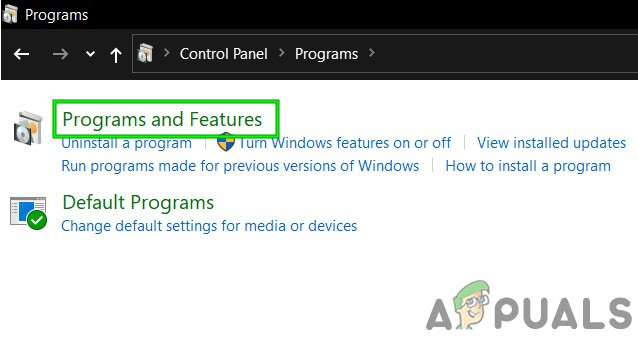
Click programs and features - Click the Office program, then click Change.
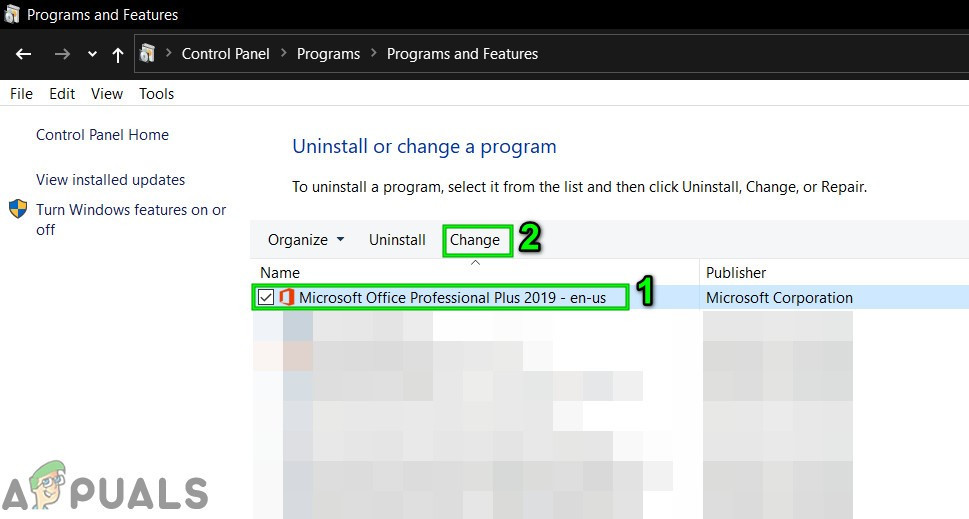
Change Office Installation - If UAC prompts, click yes.
- Now select Quick Repair and click Ok.
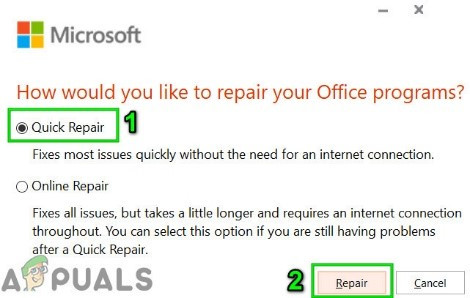
Quick Repair Office - Click Repair, then click Continue.
- Wait for the completion of the repair process and then restart your computer. And check if Outlook has started to function properly.
- If not, then repeat step-1 to step-5.
- Now select Online Repair and click Ok.
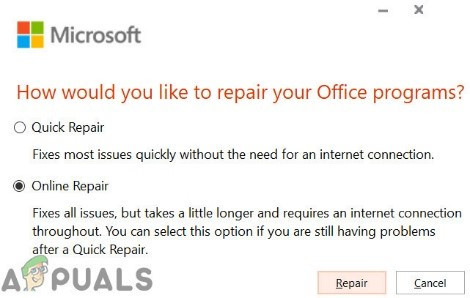
Online Repair Office - Click Repair, then click Continue.
- Wait for the completion of the repair process and then restart your computer.
- Launch Outlook and check if Outlook has started to function properly.
11. Delete Outlook Rules
Rules are a way to automate actions in Outlook if a message meets predetermined criteria e.g. if you receive a lot of invoices from various vendors you could automate the sorting process by creating a rule to automatically send them to their designated folders. But if there are conflicting or duplicate rules, then Outlook shows operation failed attachment error. So, in that case, deleting the rules may solve the problem.
- Click on the File
- Select Manage Rules & Alerts.
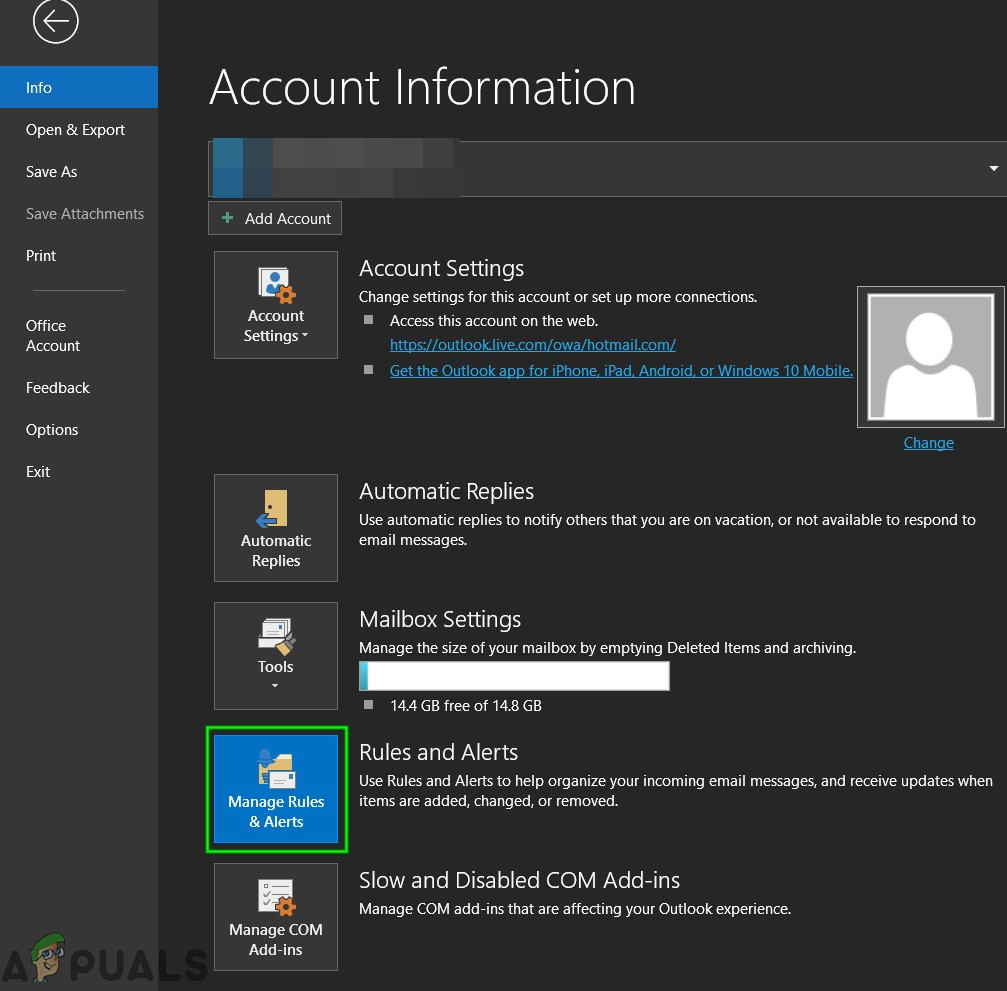
Manage Rules and Alerts - Click on the rule to delete.
- Select Delete.
- Click Yes to confirm the action.
- Click OK.
- Repeat process on all the rules that looks problematic to you.
- Now close Outlook and reopen Outlook and check if Outlook has started to function normally.

